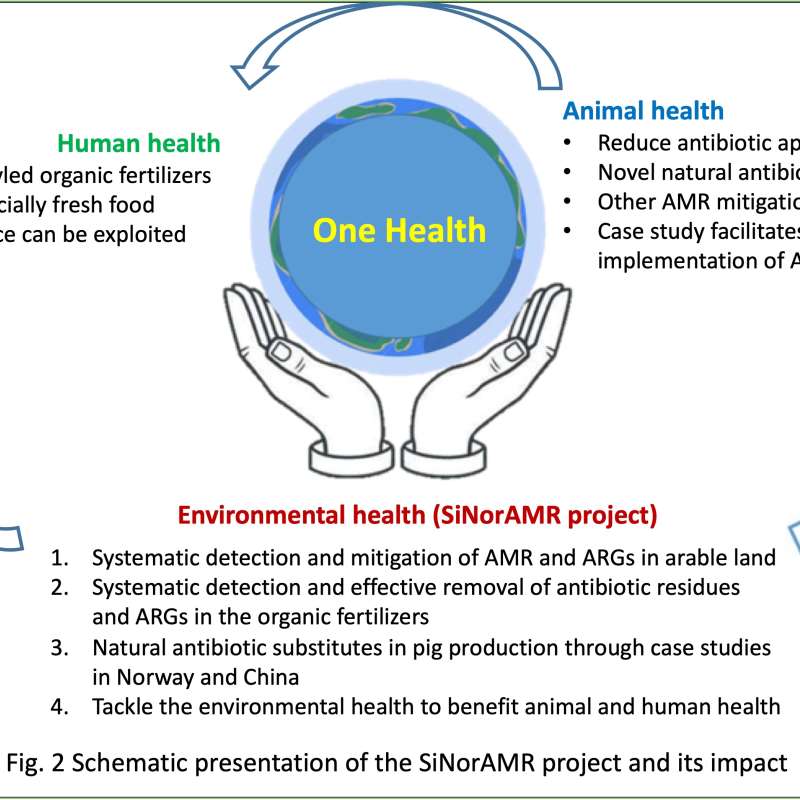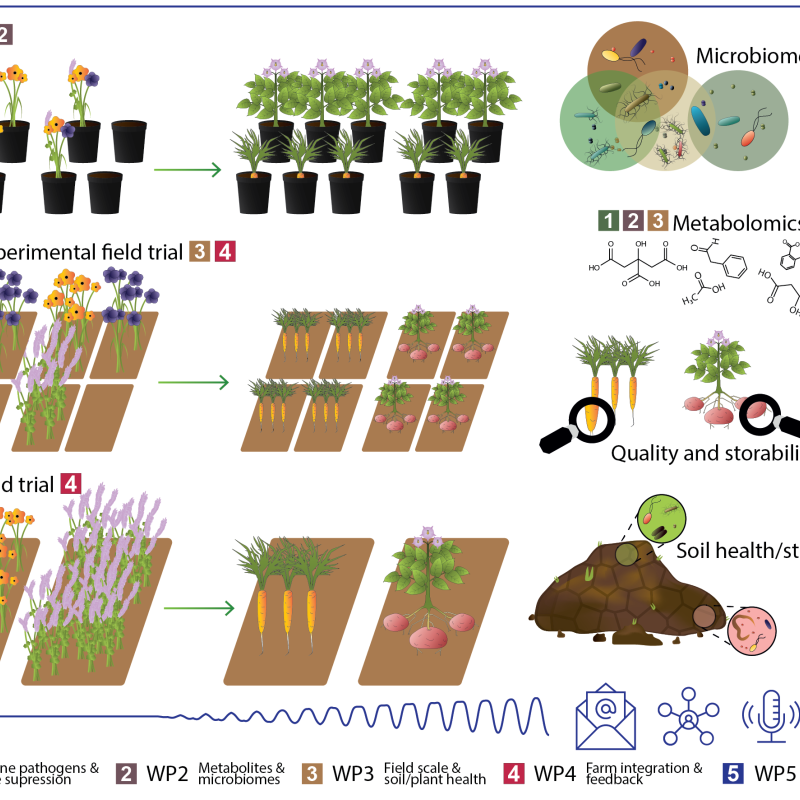Anders Aas
Forsker
Forfattere
Christophe Moni Eva Farkas Claire Coutris Hanna Marika Silvennoinen Anders Aas Marit Almvik Liang Wang Kathinka Lang Xingang Liu Marianne StenrødSammendrag
Biochar and pesticides are likely to be increasingly used in combination in agricultural soils, yet their combined effects on climate change mitigation remain unexplored. This study presents an 8-month incubation experiment with different soil types (silt loam and sandy loam), biochars (corncob and corn stem), and pesticides (with and without a pesticide mixture), during which CO2 production from soil organic matter (SOM) and biochar mineralisation was monitored using isotopic methods. A comprehensive modelling approach, describing all mineralisation results over the entire incubation with a reduced set of parameters, was employed to isolate the effects of biochar, pesticides, and their interactions across soil types and carbon pools, and captured the dynamic effect of biochar on SOM mineralisation. Over 99.5% of biochars remained inert after 8 months, confirming the role of biochar as a carbon sequestration technology. Biochar addition showed higher SOM stabilisation potential in soil with high clay content compared to soil with low clay content. This suggests that biochar amendment should be considered carefully in clay-depleted soils, as it could result in a loss of native SOM. Corn stem biochar, characterised by high surface area and low C/N ratio, demonstrated higher SOM stabilisation potential than corncob biochar with low surface area and high C/N ratio. Pesticide application reduced SOM mineralisation by 10% regardless of soil and biochar types. Finally, the interaction between corncob biochar and pesticides further reduced SOM mineralisation by 5%, while no interactive effect was observed with corn stem biochar. These findings highlight the importance of considering biochar-pesticide interactions when evaluating the impact of biochar amendments on native SOM stability.
Sammendrag
Det er ikke registrert sammendrag
Sammendrag
Det er ikke registrert sammendrag

Divisjon for miljø og naturressurser
SiNorAMR
Full title: Collaborative and Knowledge-building Project Collaborative Project Systematic detection and mitigation of antimicrobial resistance in soil environment and animal health contributing to human health (SiNorAMR)

Divisjon for bioteknologi og plantehelse
Cropdrive
Cropdrive aims to identify a selection of cover crops suitable for use in root vegetable and potato production with beneficial impacts on both soil and plant health, and greenhouse gas exchange.
